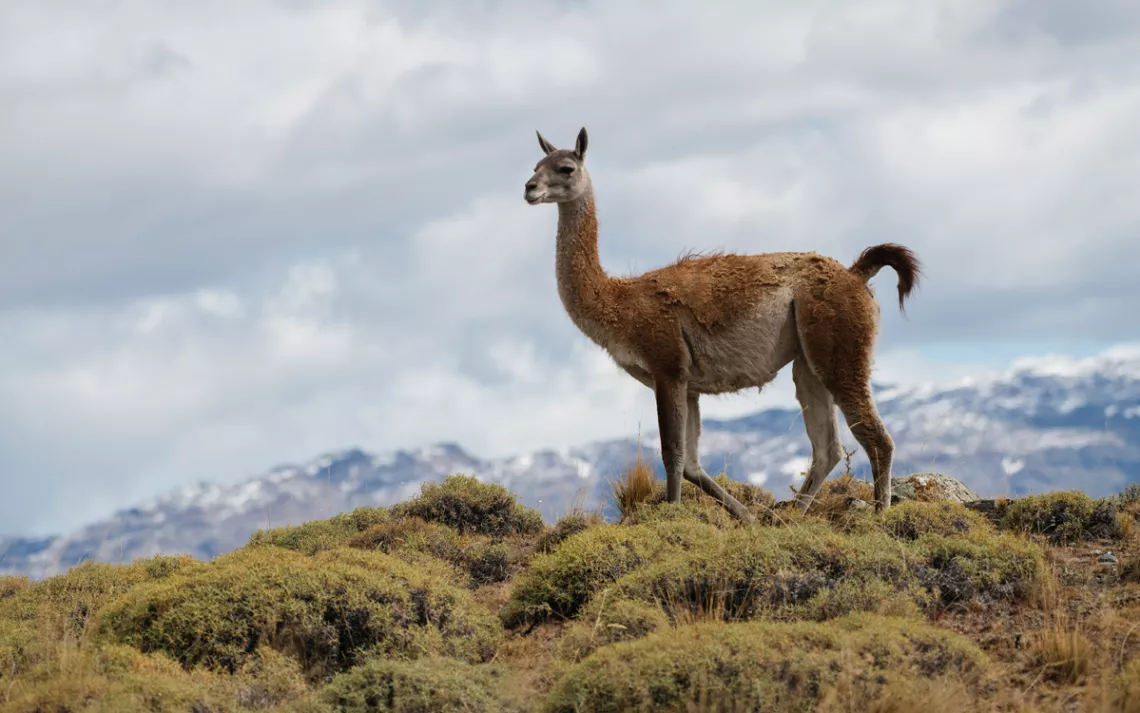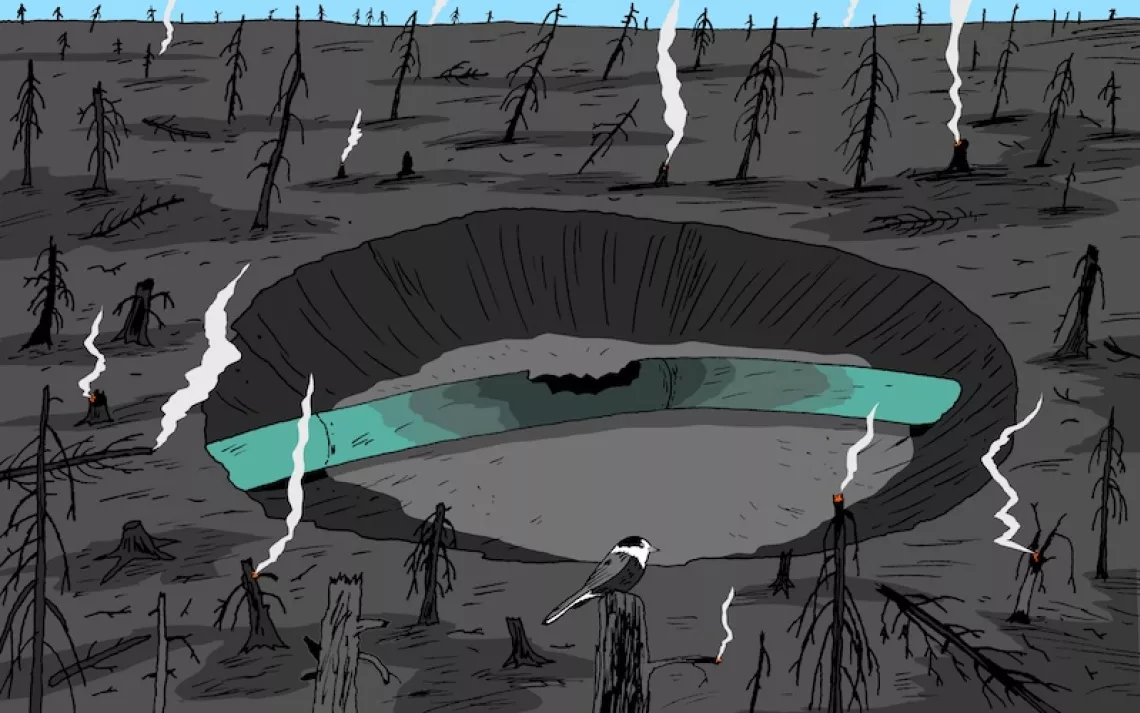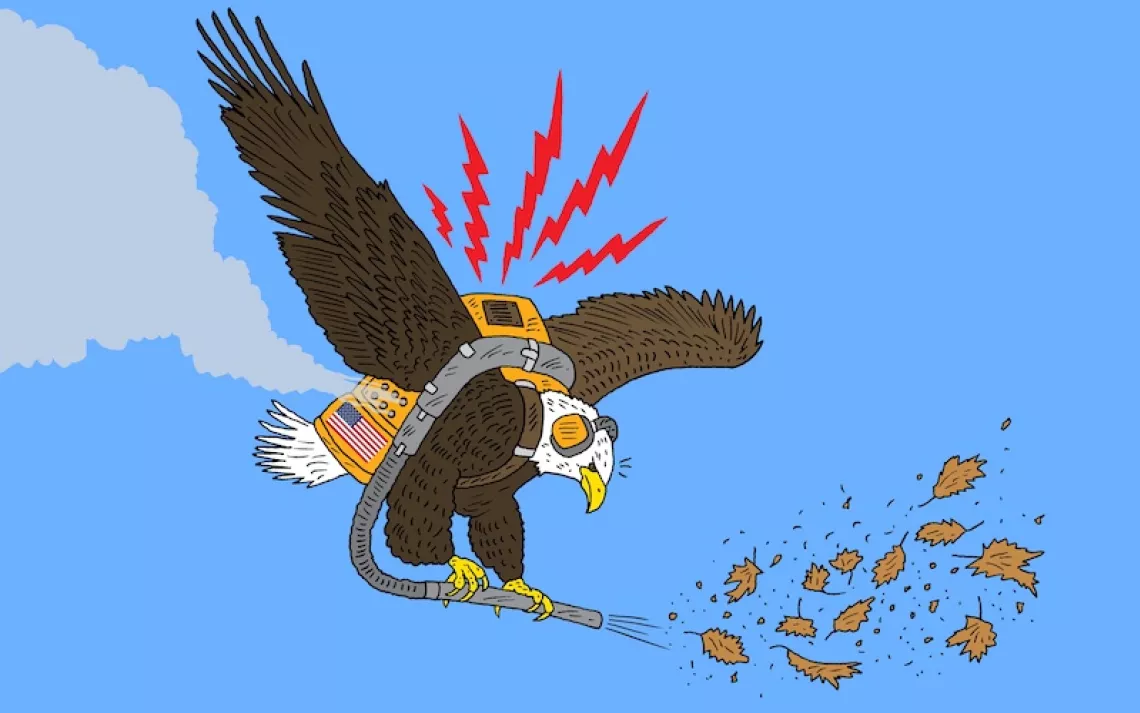One-Percenters for the Planet?
A sustainable future will require those blessed by privilege to do more than ever

Photo by Kiliii Yuyan
One million: That's the number of species at risk of extinction, according to a recent United Nations–sponsored assessment. The report warned that 40 percent of amphibian species, one-third of coral reefs, and one-third of marine mammals are at risk of disappearing forever. While the study noted that climate change is accelerating the die-offs, the main culprit in this impending mass murder is reckless human land use. "Less than 25 percent of Earth's land surface has escaped substantial impacts of human activity," the report concluded.
In response to the biodiversity crisis, the Sierra Club and other organizations are promoting a goal of protecting 30 percent of the planet's lands and waters by 2030 (see "Getting Back to Ecology"). To reach this goal, government action is essential. So, too, is the generosity of individuals.
Around the world, wealthy environmentalists are experimenting with new forms of landscape preservation. In South America, US conservationists Kris Tompkins and her husband, the late Doug Tompkins, purchased more than 2 million acres of Patagonia—then donated it all to the Argentine and Chilean governments in the largest act of wildlands philanthropy in history (see "The Gift"). Another innovative example comes from the Great Plains of North America, where the American Prairie Reserve is restoring and conserving native flora and fauna on onetime ranchlands in Montana (see "Building an American Serengeti") and cooperating with area Native Americans in the process.
The Tompkinses' achievement and the American Prairie Reserve are impressive—and they are all too rare. Doug Tompkins used to ask friends, "Why don't more people do this?" It's a fair question, especially given what some of the superrich are spending their wealth on: Jeff Bezos is funding space colonization, while Sergey Brin and Larry Page are investing in research to merge human consciousness with computers.
Since humanity (and above all, rich humanity) has been so imprudent with Earth's resources, we now find ourselves in a state of emergency. There's no time to squander; neither compound interest nor the discount rate will save the planet. Which means that the world's wealthiest are going to have to dig even deeper into their pockets.
One-percenters for the planet? No doubt that notion is out of step with the current political climate, in which the wealthy are under pressure from both the socialist left and the populist right. And as the Tompkins story reveals, even the best intentions can violate the ideals of transparency and inclusivity. But the Tompkins saga also shows how private generosity can be a catalyst for virtuous government action.
"To change everything, we need everyone," the banners at the climate marches read. Each of us must figure out how to contribute to creating a sustainable future—whether through organizing, agitating, or donating, because "everyone" also includes the wealthiest among us. We need a thousand more Doug and Kris Tompkinses, because every dollar dedicated to environmental protection is one less dollar invested in destroying Earth's ecosystems.
Those who have been blessed by privilege must do more than ever. Their challenge is to answer Doug Tompkins's question, "Why don't more people do this?"
This article appeared in the September/October 2019 edition with the headline "One-Percenters for the Planet?"
 The Magazine of The Sierra Club
The Magazine of The Sierra Club






